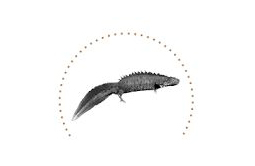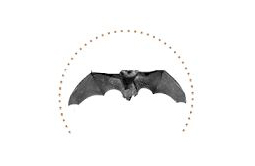Bowland Ecology was contracted by Natural England in August 2015 to undertake a research project that aims to assist in the management of vegetation on sand dune systems along the Sefton Coast, north-west England. Rabbits are a key stone species of coastal sand dunes, maintaining an open, short and diverse sward, limiting/slowing the process of succession to a more widespread species poor, rank grassland and scrub. Myxamotosis in the 1950s caused a widespread collapse in the rabbit population; this was followed more recently by rabbit haemorrhagic disease, after which population densities have struggled to recover. The fall in rabbit populations is considered to have been a contributing factor in the transition of the dune habitats along the Sefton Coast towards rank grassland, scrub and woodland habitats. This research aims to: review rabbit monitoring techniques and derive recommendations for the most useful technique on coastal sand dunes, giving consideration to practicality, costs and robustness of data; and, to review information on rabbit (re)introductions onto sand dune habitats, to assess feasibility, practicality of establishing a breeding population of wild rabbits and costs.
If the conclusions of the study are favourable, Natural England may ultimately undertake a trail re(introduction) of rabbits to the Winsdale and Birkedale Hills LNR, to aid in the vegetation management of the site.






